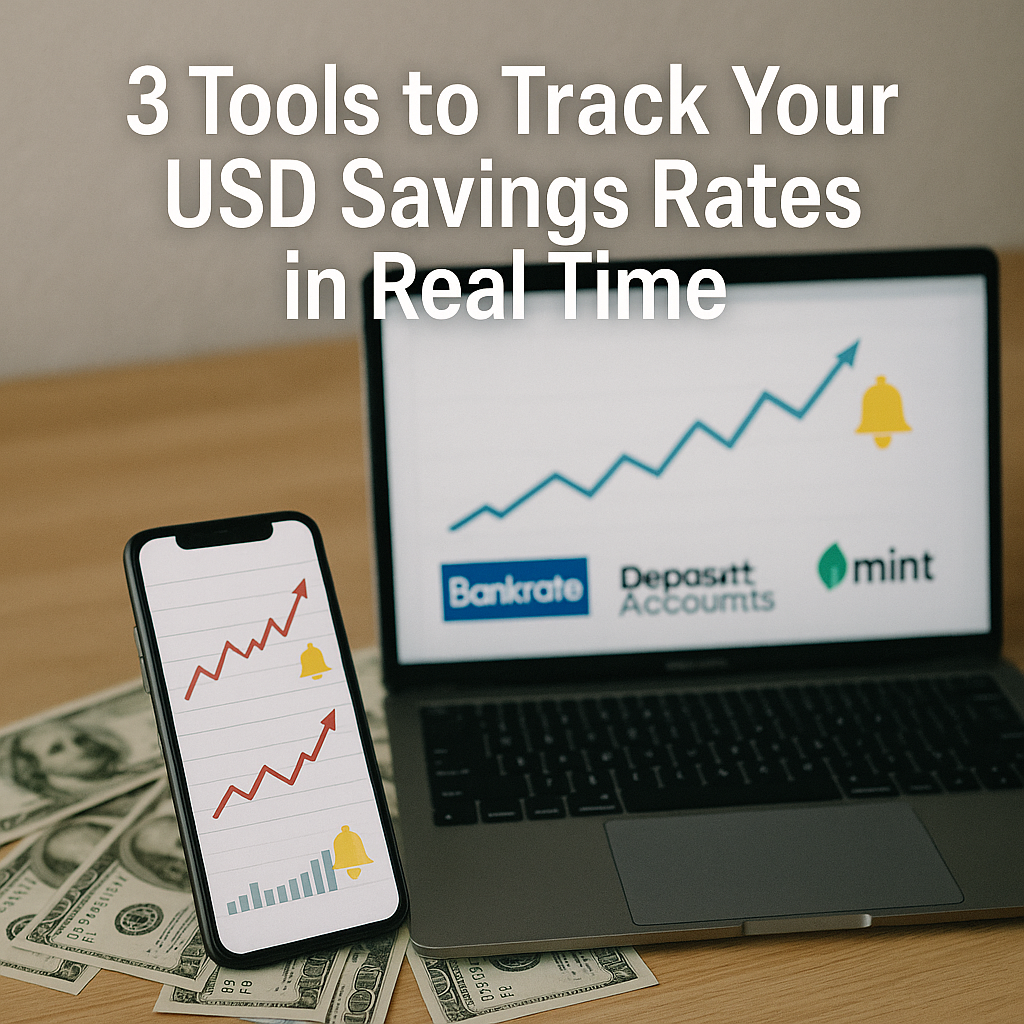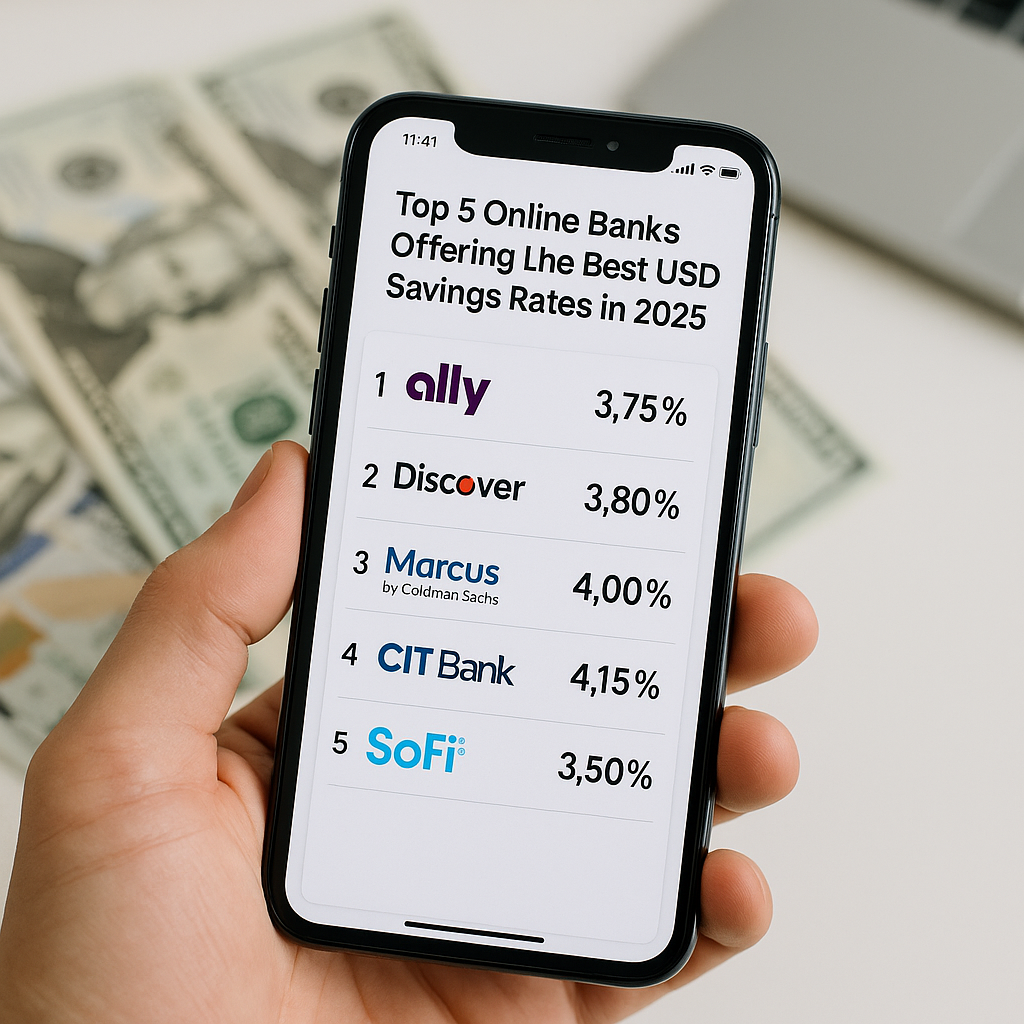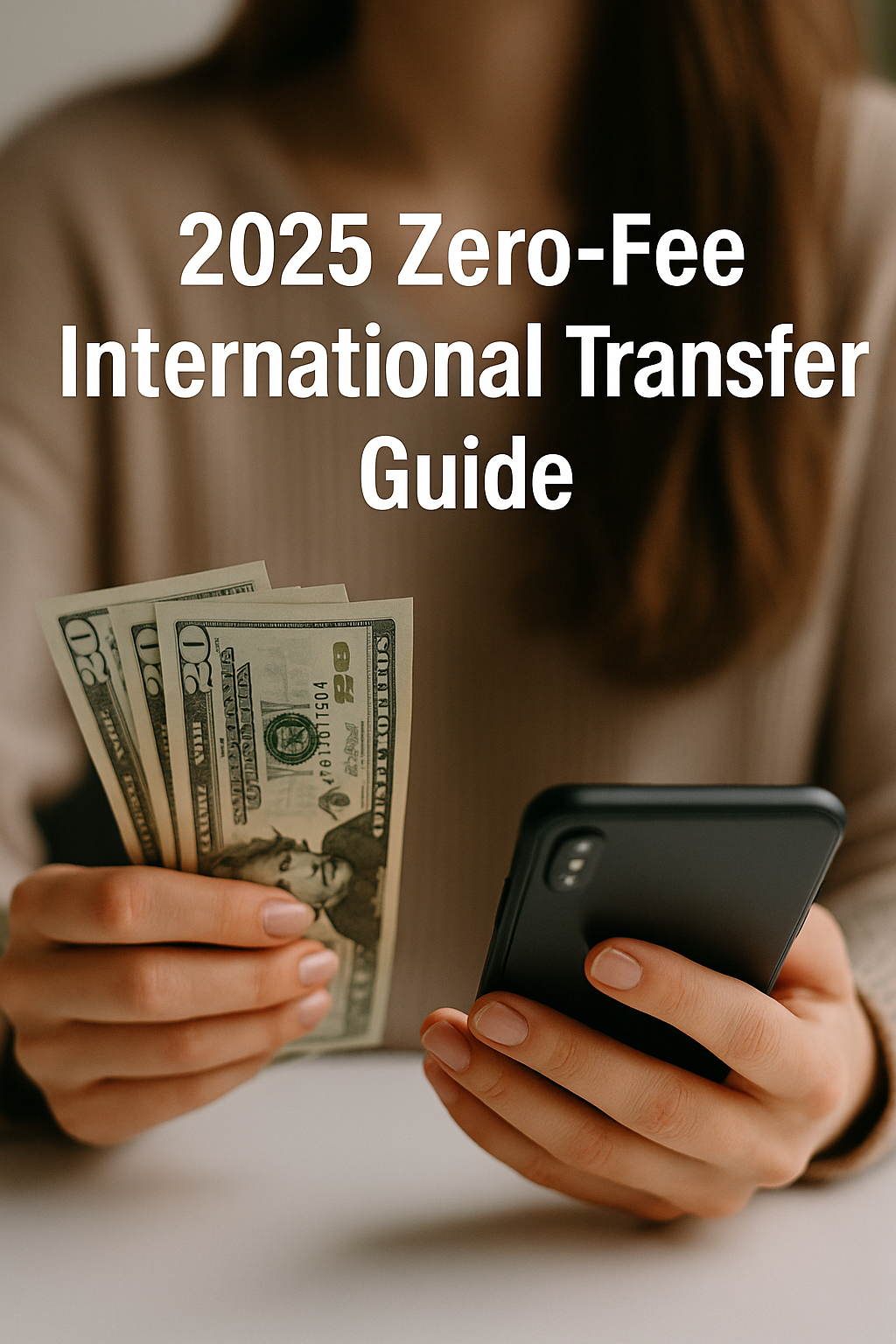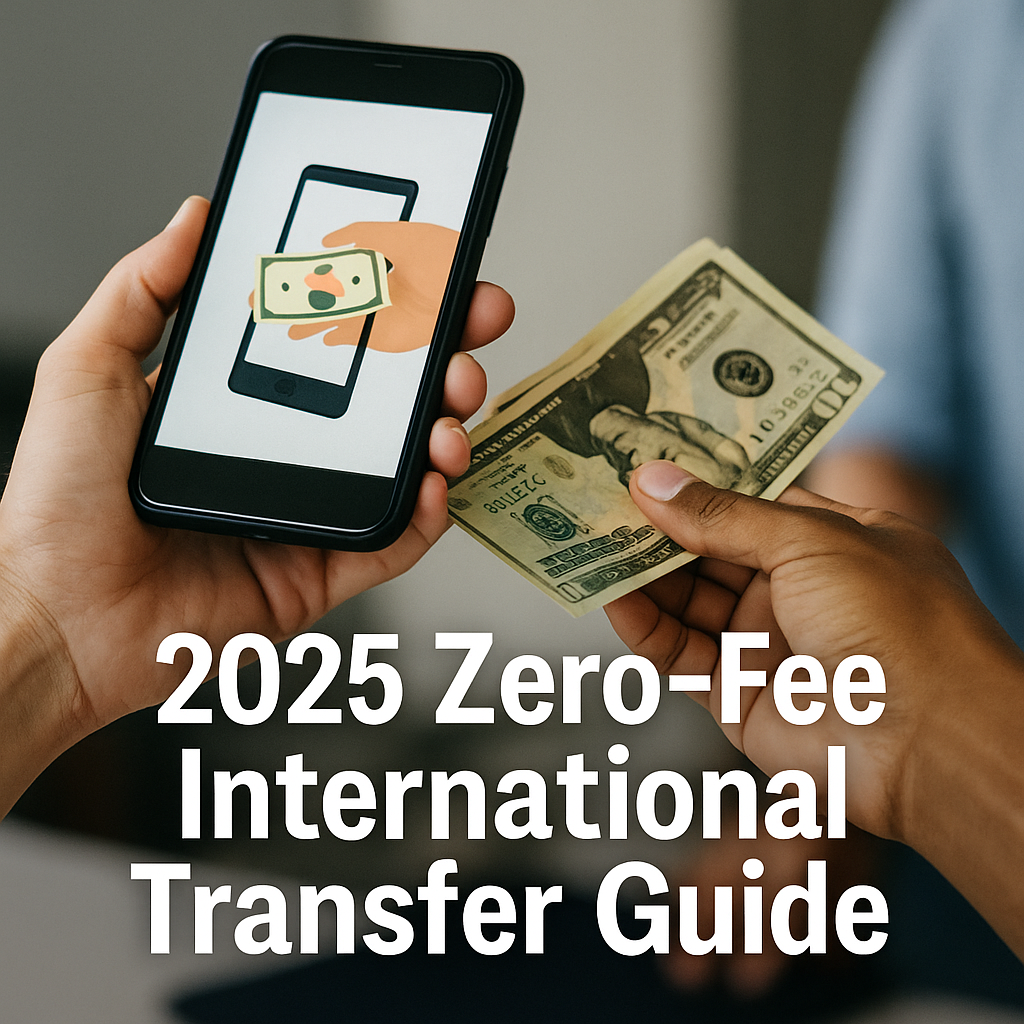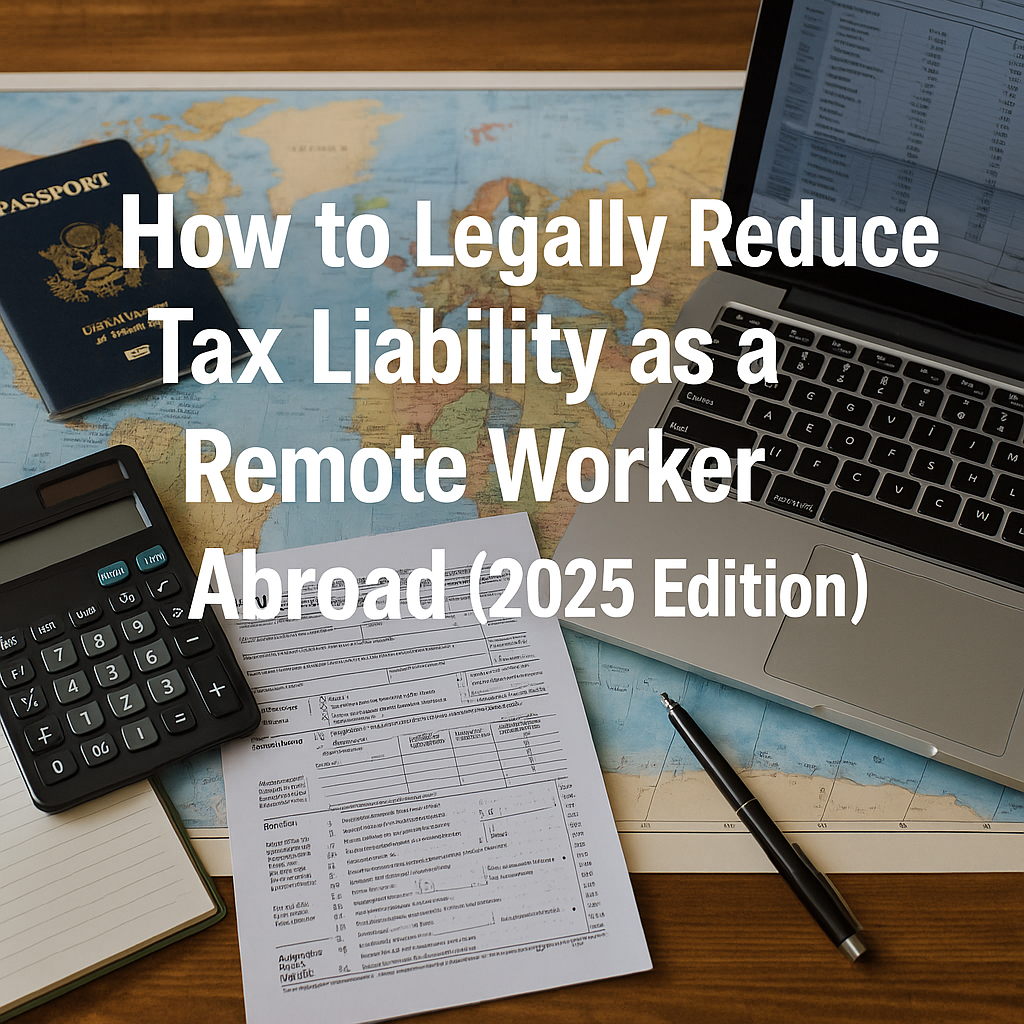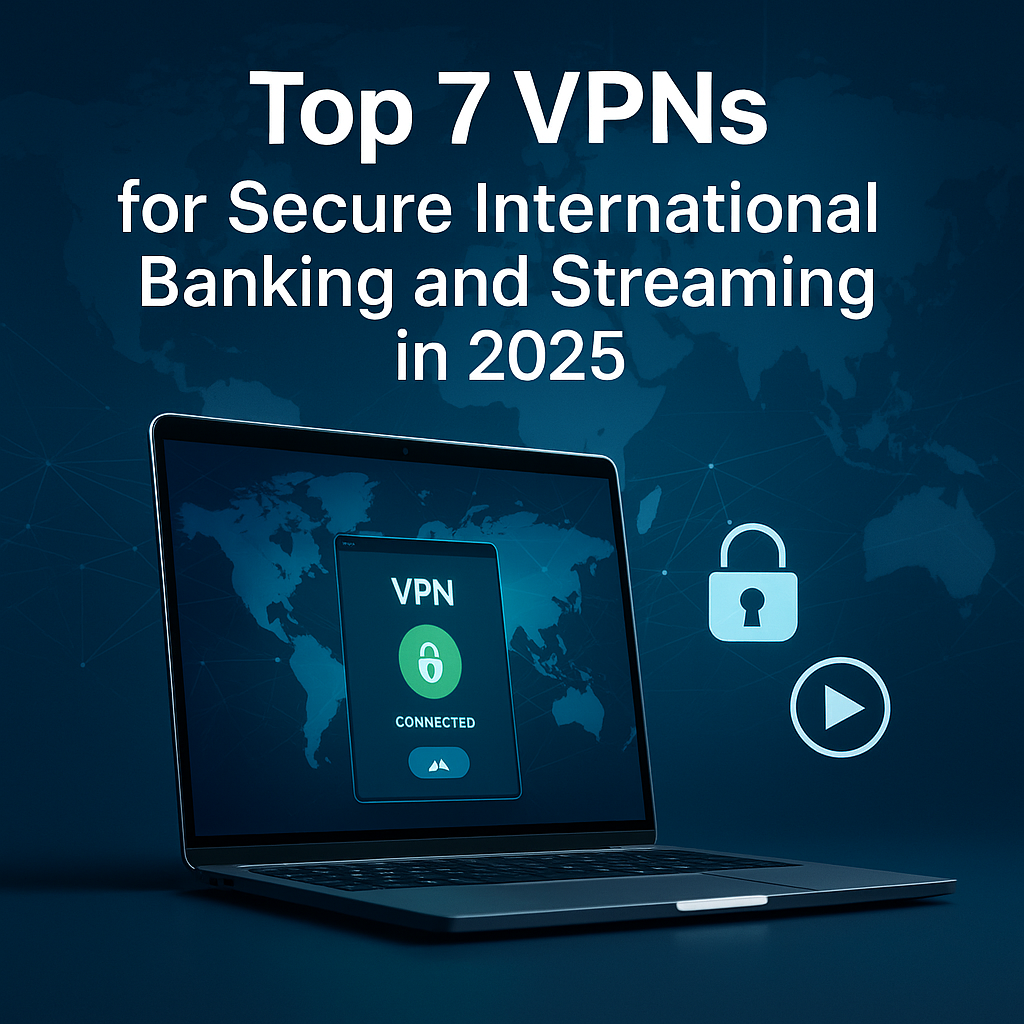Introduction
In a market where high-yield savings APYs can shift on a daily basis, staying informed about the best available rates is critical to maximizing your returns. Manually checking multiple bank websites consumes valuable time and risks missing out on sudden rate spikes or promotional offers. Fortunately, several free—and in some cases low-cost—tools exist to automate this process and deliver real-time updates straight to your inbox or smartphone. Below are three of the most reliable platforms for tracking USD savings rates, complete with setup guidance and best-use tips.
1. Bankrate’s Savings Rate Comparison & Alerts
Overview
Bankrate has long been a go-to resource for consumers comparing financial products. Its Savings Rate Comparison page aggregates APY data from dozens of online banks and credit unions each time you visit. More importantly, you can sign up for email alerts that notify you whenever a monitored product’s APY moves above or below a threshold you set.
Key Features
- Comprehensive Coverage: Includes major online banks (Ally, Marcus, Discover), regional institutions, and credit unions.
- Custom Thresholds: Specify “Notify me if APY ≥ X%” or “Notify me if APY drops below Y%.”
- Daily Updates: Data is refreshed every 24 hours.
Setup Guide
- Navigate to bankrate.com/banking/savings/rates/.
- Use the filter controls to narrow institutions by minimum deposit, fees, or customer ratings.
- Click the bell icon beside any savings product and enter your target APY.
- Verify your email when prompted.
Best-Use Tips
- Monitor several products simultaneously by setting different thresholds.
- If you hold an account at one of the banks, prioritize its product to catch rate increases on your existing balance.
- Check the “Promotions” tab weekly for one-time bonuses or limited-time rate boosts.
2. DepositAccounts.com’s Rate Tracker & Watchlist
Overview
DepositAccounts.com specializes in listing deposit products—savings, money markets, and certificates of deposit—from more than 270 U.S. financial institutions. Its Rate Tracker tool allows you to build a watchlist of up to 20 accounts and receive automated alerts via email or RSS feed.
Key Features
- Watchlist Dashboard: View all your tracked accounts on a single page.
- Change Log: See historical rate movements in a simple timeline.
- RSS & Email Alerts: Choose your preferred notification channel.
Setup Guide
- Go to depositaccounts.com/rate-tracker.php.
- Click “Add Account” and search by institution name or APY.
- Select “Email” or “RSS” as your alert method and enter your contact details.
- Customize alert frequency (immediate, daily digest, weekly wrap-up).
Best-Use Tips
- Use the change log to identify patterns—some banks only raise rates on certain days of the week or month.
- If you prefer RSS, integrate your feed into a feedreader app (e.g., Feedly) for consolidated tracking alongside other financial news.
3. Mint’s Custom Rate-Alert Workaround
Overview
While Mint (by Intuit) is primarily a budgeting and account-aggregation app, you can leverage its custom goal and alert features to approximate real-time rate tracking. By creating a “Savings Rate Goal” tied to a dummy tracked account, Mint will notify you whenever your balance projection changes due to a rate adjustment.
Key Features
- Account Linking: Connect any online savings account via Plaid.
- Custom Goals: Define a numeric target for monthly interest earned.
- Push & Email Alerts: Receive notifications when actual interest credits arrive.
Setup Guide
- Sign into Mint.com or the Mint mobile app.
- Link your high-yield savings account through the “Add Accounts” flow.
- Under “Goals,” choose “Custom” and set “Target Interest Earned per Month” equal to your current APY projection.
- Enable alerts for “Balance Change” and “Goal Progress.”
Best-Use Tips
- This approach requires at least one actual deposit and interest payment in your Mint-linked account to calibrate your goal.
- Push alerts are instantaneous; if you prefer email, adjust notification settings in your Mint profile.
- Mint’s rate of interest credits is typically monthly—combine Mint with one of the above real-time trackers for gap coverage.
Conclusion
Manually scouring bank websites for the latest savings APYs no longer needs to eat into your schedule. Bankrate and DepositAccounts.com offer dedicated, purpose-built tools for real-time rate alerts, while Mint can be repurposed as a makeshift tracker if you prefer a unified financial dashboard. By setting up one or more of these platforms, you’ll ensure that you never miss an opportunity to lock in a top‐tier USD savings rate—putting you one step closer to optimizing your emergency fund, cash reserves, and long‐term financial goals with minimal ongoing effort.
To see which banks currently offer the highest APYs and dive deeper into their features, read our full analysis of the Top 5 Online Banks Offering the Best USD Savings Rates in 2025
